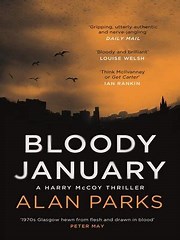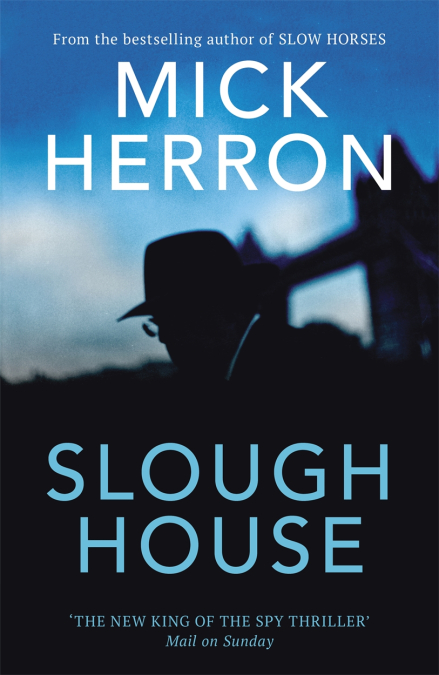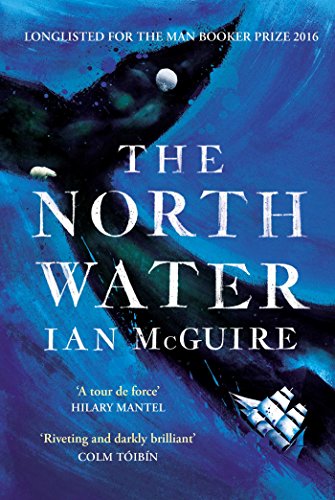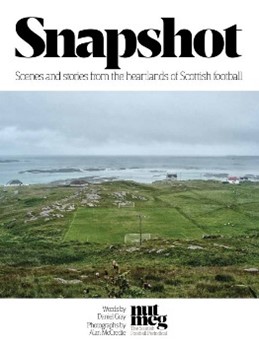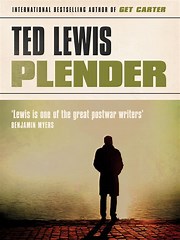By Allie Reynolds https://allie-reynolds.com/
Published by Headline Publishing Group https://www.headline.co.uk/
432 pages ISBN 9781472270245
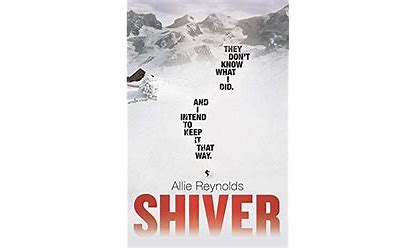
My copy is an uncorrected proof copy.
The TV rights to Shiver have been taken up and a drama series is expected to be based on it.
From the blurb

Who is guilty and who is innocent?
Synopsis
Five friends are reunited at the resort in the French Alps where they were snowboarding ten years ago. Saskia has not been seen in those ten years, and even though her credit card was used after the day she went missing, has been declared dead. Is she dead or alive, and what happened to her partner Odette after her life changing accident?
The friends become cut off at the deserted lodge high up on the mountain and the secrets of the past are determined to be revealed.
My thoughts
Sport is hard to portray convincingly in the Arts. In film boxing and baseball seem to fare best of all, probably because the staged action can look good, whereas football comes out dreadful. Escape to Victory is remembered fondly but the football scenes were shocking. In novels sport fares little better, Philip Kerr had a reasonable stab at football and Dick Francis was probably the most commercially successful, but his better works tended to be the ones where horse racing was incidental rather than central to the plot. For me David Storey’s This Sporting Life remains the gold standard of sport in literature, but even then, it could be argued its not the central theme.
They always say start by writing about what you know (being an accountant this explains why I have yet to pen a novel!) The author, Allie Reynolds, is a former freestyle snowboarder and so this a central theme to her debut novel. Five friends are training for the UK Snowboarding championship ten years ago is the catalyst for a thriller taking place ten years later. I imagine this world to be an obsessive one just like surfing or skydiving where it takes over the lives of competitors, so a difficult subject to bring entertainingly to the page.
The plot is a variation of the Country House Mystery, the twist being it is set in a deserted lodge high up in snow covered mountains with the characters being cut off from the outside world. In a classic telling some of these would be ‘bumped off’ by accident or murder to keep the reader guessing. With only five main characters this was not really an option and so the writer was relying on the interactions between them to keep the suspense running.
After three chapters to get the plot moving, the development is through alternate chapters set in the present and ten years ago as told by Milla in the first person. Throughout, it is clear that Milla has a secret, which is revealed at the end, which means there is some uncertainty as to what happened throughout the story. Is there actually a killer and if there is which one of the five is it, could it even be Milla?
I’ve never tried winter sports, so the description of the snowboarding action was outside my experience and for me there was a little too much of it. Some of it was clearly vital to the plot but at times the novel felt overlong and in need of a bit of pruning. There is much interaction between the characters who I found to be unsympathetic and hard to relate to, though this could just be an accurate portrayal of very driven competitive snowboarders. The finale was well worked out and the final 70-80 pages built up a sense of urgency after a period when not a great deal happened.
An enjoyable competently produced debut novel if a little over long. I will certainly look for Allie’s future works which hopefully have less snow in them for me to be interested.
If you are going for a winter holiday on the snow this could be the book to put in your case.
